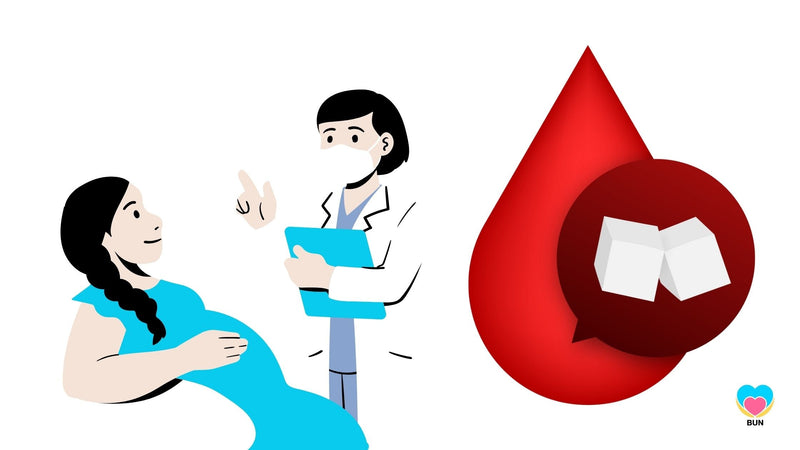
Pregnancy is an exciting journey filled with new experiences, changes, and plenty of medical checkups to ensure both mom and baby are healthy. One important test that expecting moms undergo is the pregnancy glucose test, a routine screening to check for gestational diabetes—a temporary condition that affects blood sugar levels during pregnancy.
What Is the Pregnancy Glucose Test?
The pregnancy glucose test measures how well your body processes sugar. Since some women develop gestational diabetes, this test helps detect high blood sugar levels early, ensuring that proper management steps are taken for a healthy pregnancy.
Why Is the Test Necessary?
During pregnancy, hormonal changes can make it harder for your body to regulate blood sugar. If your pancreas doesn’t produce enough insulin to manage the excess glucose, gestational diabetes can occur. Undiagnosed or untreated gestational diabetes can lead to complications such as high birth weight, early delivery, or increased risk of type 2 diabetes later in life.
When Is the Glucose Test Performed?
Most women will have their glucose screening test between 24 and 28 weeks of pregnancy. However, if you have risk factors such as a family history of diabetes, obesity, or high glucose levels in routine urine tests, your doctor may recommend testing earlier.
What to Expect During the Test
There are two types of glucose tests: the glucose screening test and, if needed, the glucose tolerance test.
Step 1: Glucose Screening Test
- You’ll drink a glucose solution that is very sweet.
- After one hour, a blood sample will be taken to measure your blood sugar level.
- If your results are within normal range, no further testing is needed.
- If your blood sugar is higher than normal, you’ll proceed to the next test.
Step 2: Glucose Tolerance Test
- You will fast overnight before the test.
- Your blood will be drawn first to get a fasting glucose level.
- You’ll drink another glucose solution, and your blood sugar will be tested every hour for three hours.
- If two or more readings are high, you may be diagnosed with gestational diabetes.
How to Prepare for the Test
- Eat normally in the days leading up to the test.
- Avoid high-sugar foods and drinks before the screening.
- Stay hydrated with water.
- Some women feel nauseous after drinking the glucose solution, so bring a snack to eat after the test.
How to Stay Healthy During Pregnancy
Regardless of your test results, there are ways to maintain stable blood sugar levels:
- Eat balanced meals with lean proteins, whole grains, and fiber-rich vegetables.
- Limit sugary foods and refined carbs that can cause blood sugar spikes.
- Exercise regularly with light activities like walking, prenatal yoga, or swimming.
- Stay hydrated by drinking plenty of water throughout the day.
Managing Gestational Diabetes
If you are diagnosed with gestational diabetes, talk in depth with your doctor and don’t panic...instead make goals and plans to manage it. Many women manage it well with diet, exercise, and monitoring blood sugar levels. In some cases, medication or insulin may be needed. Most women with gestational diabetes go on to have healthy pregnancies and babies.
What Happens After Pregnancy?
After delivery, blood sugar levels usually return to normal. However, women who have had gestational diabetes have a higher risk of developing type 2 diabetes later in life. Regular checkups, a healthy diet, and an active lifestyle can help lower this risk. Talk to your doctor and make a plan.
The pregnancy glucose test is a simple yet essential part of prenatal care. While drinking a sugary solution may not be the most enjoyable experience, the test plays a crucial role in ensuring both you and your baby stay healthy. If you have concerns, talk to your doctor about what to expect and how to best prepare. A little preparation and awareness go a long way in making your pregnancy as smooth as possible!















0 comments